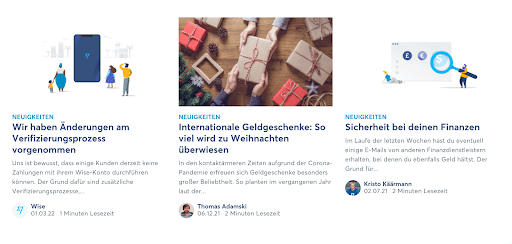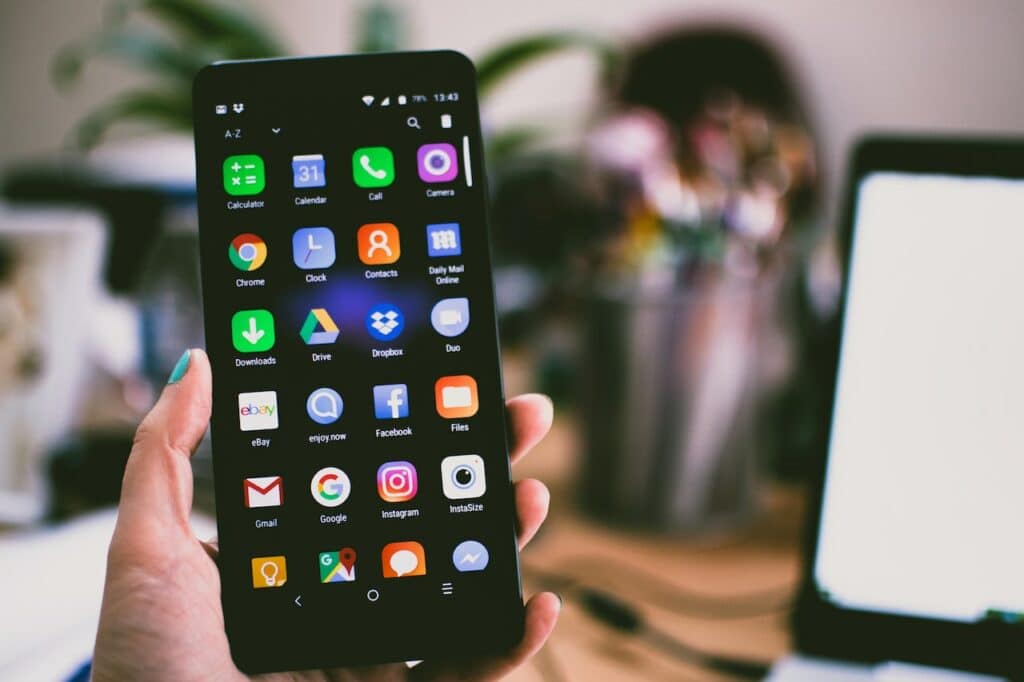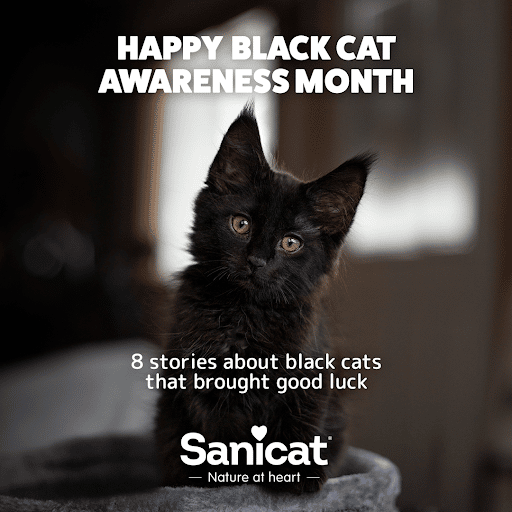Thanks to the many digital tools and channels available, global brands have multiple opportunities to benefit from multilingual marketing. From social media to blogs, PPC advertising, SEO and email marketing—there are many touchpoints to connect with local audiences in their own language.
Here’s more on why multilingual marketing works and how to start running five major digital channels in more than one language.
See also: Marketing content translation: 10 tips to going multilingual
Why multilingual marketing works

You have a message you want to share with the world. But what happens when you can’t share that message with people because they don’t speak your language?
Over 75% of internet users speak a language other than English. And while many consumers can speak English, one study reports that 76% of online shoppers strongly prefer to buy in their own language. The research also suggests that providing customer care in their native tongue makes people even more likely to buy from the brand. Plus, it builds a more personal brand relationship.
“There is a longstanding assumption that enough people feel comfortable using English online, especially when buying high tech or expensive products. Our 2020 findings show that if a company chooses to not localize the buying experience, they risk losing 40% or more of the total addressable market.”
– Dr. Donald A. DePalma, CSA Research’s Chief Research Officer
While the world is more global than ever, consumers crave localized content in their own language. For many brands, expanding to foreign markets is less a matter of if, but when. You want to be sure you reach new audiences before your competitors—and when you do, it’s important that you speak their language.
That’s where multilingual marketing comes in.
Have you considered publishing blog content in other languages? What about running SEO for new target markets? Great global multilingual marketing is all about meeting your audience where they are—whether via email, social media or Google search.
See also: Multilingual content marketing: Your essential guide
Need help with adapting your content for local markets? Download our interactive worksheet below:

5 marketing channels you can run in multiple languages
Let’s take a look at five digital marketing channels you can run in more than one language.
1. Multilingual content marketing

Publishing multilingual content on your blog or website demonstrates expertise and builds trust with your audience. It shows you care about them enough to invest in quality content.
“When companies just put up a Google-translated version of their website, it’s as if they’re telling customers, ‘We care about you and we want your business, but not enough to really invest.’”
– Jill Kushner Bishop, founder and CEO of Multilingual Connections
Multilingual content marketing can look like:
- A multilingual blog with long-form articles
- A podcast
- A webinar series
Some audiences prefer to engage with blog articles, which can be more accessible and easier to skim than other content forms, like YouTube videos. And with multilingual SEO, new readers can find your blog through Google search results that are appropriately based on their geographic location and language.
Wise is a great example of a company doing multilingual content marketing well. The international money transfer company has a blog for 43 different countries, all with content in their respective languages.

While the written word remains evergreen, podcasts have never been more popular. Podcasts can put forward a brand voice that’s both informative and entertaining. And don’t forget about webinars. By providing webinars, you’re simultaneously educating your consumer base and building trust with them.
Because these digital courses tend to be in-depth and informative, offering them in different languages can make them more accessible to non-native English speakers and boost engagement.
2. Multilingual email marketing

Did you know that 70% of US consumers prefer to be contacted by brands through email?
As one of the most popular channels for marketing, global brands have no better choice than multilingual email marketing.
Email marketing might seem complicated, but it’s actually relatively straightforward compared to other channels, given the number of automated tools available. Still, it’s important to ensure your emails speak to each audience with a personal touch while staying true to your brand voice.
Our recommendations are:
- Don’t just translate, transcreate. While digital translation tools can be useful, your audiences know when they’re reading a Google-translated email in their inbox. Show your readers you care about their inbox space by adapting your content to a market’s unique language and culture.
See also: What is creative translation? Everything you need to know
- Pay attention to the clock. Global audiences open their email in different time zones. When you send a weekly newsletter in Europe during business hours, you’ll want to send it out around six hours later in North America.
- Know what devices your audience is using. Do they use mobile phones or tablets? If so, readers will prefer shorter captions. Users on their computers might prefer longer-form content, like articles.
See also: How to run multilingual email marketing campaigns that convert
Are you a global content marketer? Join our mailing list for monthly tales from our global content agency – from difficulties that arise when adapting multilingual content campaigns to dealing with freelancers around the world, and much more.
See also: Multilingual content production: A five-step process
3. Multilingual SEO

When you’ve spent time creating impactful multilingual content, you want your readers to find it. That’s why global brands make multilingual SEO a top priority.
International SEO is all about localizing keywords to each language market. It’s important to tailor keywords and keyword phrases for every country, even if countries use the same language. While the US and the UK both speak English, you’ll find many differences in words, expressions and spellings.
What works in one market won’t always work for another. This is why many global brands seek a local SEO expert to research keywords and ensure they fit your target market’s cultural and linguistic landscape.
“Each country has a unique audience that should have its own SEO strategy—and this is before you consider throwing different languages into the mix.”
– Neil Patel, SEO Expert
Multilingual SEO also includes behind-the-scenes details, such as:
- Hreflang tags
- Alt text on images
- Tags and other meta descriptions
Pro-tip: An expert multilingual SEO agency can help you understand what your audience is searching for and develop a great SEO strategy.
4. Multilingual social media

For many internet users, social media is how they stay connected with their friends, news and latest trends—plus, their favorite brands. Facebook, Instagram and Twitter have been the giants of social media for a while, but don’t underestimate the power of Pinterest, TikTok and LinkedIn.
But when it comes to localization, not all social media sites are built the same, and each has its own pros and cons.
“Facebook offers the best tools for localization, and it makes sense to localize it if it’s in line with your strategy. Other platforms are harder to make a good localized strategy around. Like Twitter, for example, as it’s such a fast-paced platform and requires a dedicated resource.”
– Shaheen Samavati, CEO of VeraContent
So, which social media platform should you prioritize and should you create country-specific pages? Well, how you run your multilingual social media will depend on your overall global marketing localization strategy.
See also: Social media translation: Best practices for conveying the right message
Example of a multilingual campaign that VeraContent ran for Sanicat
Let’s look at how a successful global business approaches running multilingual social media accounts. Spanish pet care brand, Sanicat, has multiple localized Instagram and Facebook accounts across their key regions in Europe and Latin America.
We recently launched a user-generated multilingual campaign for Black Cat Awareness Month across eight of Sanicat’s accounts: UK, Netherlands, Portugal, Italy, France, Turkey, Spain and Latin America. We ran a month-long campaign aimed at raising awareness around black cats and changing people’s perceptions of them—from bringing bad luck to good luck.
The campaign included collecting personal stories and photos from Sanicat’s followers across eight markets. Over the course of one month, we created and shared a heartwarming video, nine social media creative pieces and two blog posts (one to launch the campaign, and one to conclude the campaign). Each piece of content was translated into seven languages by our team of trusted local community managers.

The result? Sanicat gained new followers across all markets and some of the campaign posts were among the most engaged posts for the month—and year in some markets.
Social media allows global audiences to discover and follow your brand. If they want to keep pace with their competition, global brands can’t afford to stay monolingual on social media.
Learn more about the campaign results here.
For more on multilingual social media and why it’s important, check out our article on 10 reasons to run social media in different languages.
FREEBIE! Download our in-depth guide on managing multilingual social media accounts. This guide includes key steps for developing a global social media marketing strategy, including the best platforms and tools to use, content localization and translation tips, and the secrets of our very own processes at VeraContent. Get yours here!
5. Multilingual PPC
Last but not least, localization applies to PPC ad campaigns, too.
There are over 62.1 million Latinx people in the US, and, in fact, there are more Spanish speakers in the US than in Spain. The Spanish-speaking market in the US is not only huge, but it’s also rapidly growing. It’s a community that’s underserved. Because many native Spanish speakers in the US also speak and read English fluently, US brands often target them with English keywords in their PPC ads.
But this isn’t the most effective strategy.
“Social media platforms are like the motorway to your goals. Your content is the car and paid ads are the fuel.”
– Joana Aina Sánchez, VeraContent’s Head of Project Management
There are two main reasons to use multilingual PPC:
- Non-English keywords have a substantially lower cost-per-click (CPC), which means it costs less to reach non-native English speakers.
- Targeting audiences in their native language boosts engagement and builds positive brand relationships.
If you have a multilingual website with multilingual SEO, then you have most of the groundwork laid out for multilingual PPC. It generally follows the same best practices we’ve discussed for content marketing, social media and SEO.
Our tips for running multilingual PPC are:
- Create different language campaigns. Google only allows you to target certain geographies and languages at the campaign level. This means you should set up a unique ad group and campaign for each target market. We recommend making a duplicate of your main (English) ad campaign—but don’t forget to change the keywords, links and ad copy.
- Perform keyword research. Just like for great content marketing and SEO, trusting an SEO expert who can collect or localize keywords will help your content reach the top of search engine results.
- Don’t translate your ads verbatim. Different languages have unique nuances and cultural expectations. For example, German consumers prefer direct ads with numbers and short, punchy language. Meanwhile, US consumers prefer ads with more of a conceptual or emotional appeal.
See also: Marketing localization: Why investing in quality pays off
How to bring it all together

Building your marketing presence across all five of these channels is worth it because the potential payoff can be immense. However, setting up a multilingual, multichannel marketing campaign is a lot of work and quickly gets overwhelming, especially if you’re doing it without the expertise of local translators, SEO experts and marketers.
That’s when it can be useful to work with a global content marketing agency that has the resources and professional talent to bring every facet of your multilingual marketing together, all while maintaining your brand voice and purpose.
At VeraContent, we have the know-how to research, craft and launch successful multilingual marketing campaigns. If you’d like to learn more about how we can help and if you qualify for a free content consultation, reach out to us today!

